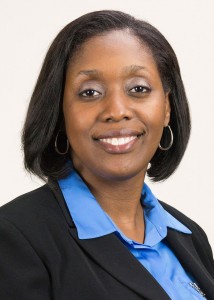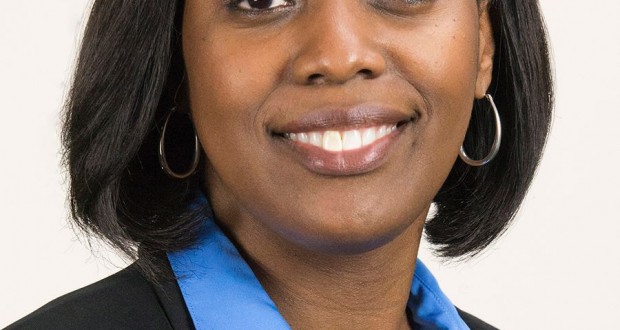
Many African Americans can receive financial assistance to help them pay for health insurance, Covered California Chief Deputy Executive Director Yolanda Richardson said. Thousands of eligible Californians received an average $5,200 in federal assistance to pay for premiums in 2014.
By Yolanda Richards
Trying to make a 90-day supply of medication helping to control your diabetes last over two years wouldn’t add up for most people. But if you were uninsured, as Kimberly Lenoir-Sanderson once was, you’d learn a new kind of math.
“I’d cut them into threes to make them stretch,” said Lenoir-Sanderson, who resides in Loma Linda. “Some days I wouldn’t take a pill if my blood sugar was normal, but it caused a lot of worry. I didn’t know when my bad days would be, and that was a problem.”
After several false starts that included struggling to enroll online, missing an enrollment deadline and being generally confused about the new health care law, Lenoir-Sanderson finally gained coverage this past August through special enrollment with Covered California, the state agency that administers the Patient Protection and Affordable Care Act. She now has a Silver plan from Health Net and pays a $364 monthly premium.
“It was a quick process — and easy,” Lenoir-Sanderson said of the person-to-person help she received from a Covered California enrollment counselor. “I paid my premium, and I can start seeing a doctor. I’m a little afraid of seeing a doctor because I haven’t seen one in so long, but knowledge is power.”
Covered California is in the third year of helping millions of Californians gain health insurance through the Affordable Care Act. Open enrollment began Nov. 1, 2015, and continues through Jan. 31, 2016. More than 2 million consumers have been enrolled at one time or another since coverage began in January 2014. Millions more have received care through low-cost or no-cost Medi-Cal.
Still, hundreds of thousands of Californians don’t have insurance — many of whom are African-Americans like Lenoir-Sanderson. With that in mind, Covered California has launched a new marketing and outreach effort to boost African-American enrollment.
The African-American enrollment initiative will emphasize financial assistance available to help consumers pay for insurance coverage. Covered California is targeting specific ZIP codes across the state where higher numbers of uninsured and subsidy-eligible African-Americans live, work, play and pray.
“Changing our state from a culture of coping to a culture of coverage is a long-term proposition,” Covered California Chief Deputy Executive Director Yolanda Richardson said. “We’ve made great progress in helping African-Americans gain the coverage they need and deserve, but we recognize there is much more to be done in proving to the remaining uninsured the value in having health coverage.”
Of 2.7 million Californians eligible to receive financial assistance under the Affordable Care Act, about 5 percent, or 130,000, are African-American, according to a joint study by the University of California, Los Angeles, and the University of California, Berkeley.
Covered California will push enrollment at storefronts in African-American communities where Certified Insurance Agents and Certified Enrollment Counselors will be on hand to assist consumers. With support from Covered California community partners, the agency will sponsor education, outreach and enrollment events at churches on Sundays, at barbershops and hair salons on Saturdays, and at “enrollment block parties” going door-to-door in high-priority African-American neighborhoods.
In addition, enhanced social media and marketing campaigns will be launched to reach African-Americans, and partnerships with local schools, businesses and community-based organizations that serve African-American communities will be expanded.
Nearly 90 percent of Covered California enrollees receive some level of financial assistance to help pay for their premiums, with the average being $5,200 in aid annually.
“We want to stress to African-American consumers that their health and well-being is worth insuring,” Richardson said. “Many Californians are receiving thousands of dollars each year to help with the cost of health insurance premiums — money African-American consumers should not walk away from and leave on the table.”
 Westside Story Newspaper – Online The News of The Empire – Sharing the Quest for Excellence
Westside Story Newspaper – Online The News of The Empire – Sharing the Quest for Excellence




